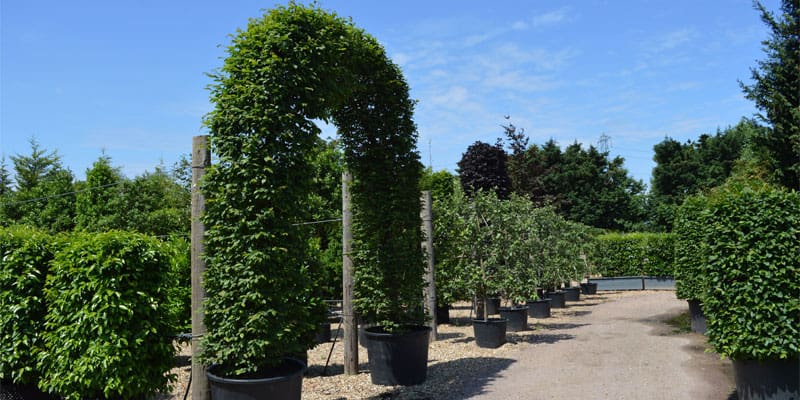Need help choosing?
The friendly team of horticultural experts at Hortlands Nursery and The Tree & Hedge Company can assist you with your order.

We’re proud of our range of trees and hedges, but there’s a lot to consider when choosing which is right for your green spaces. Our help centre has been created to help you choose which is right for you.
Follow us on social media to keep up to date with our latest news and features.

The friendly team of horticultural experts at Hortlands Nursery and The Tree & Hedge Company can assist you with your order.